Equipment
How the idea of shaft frequency began
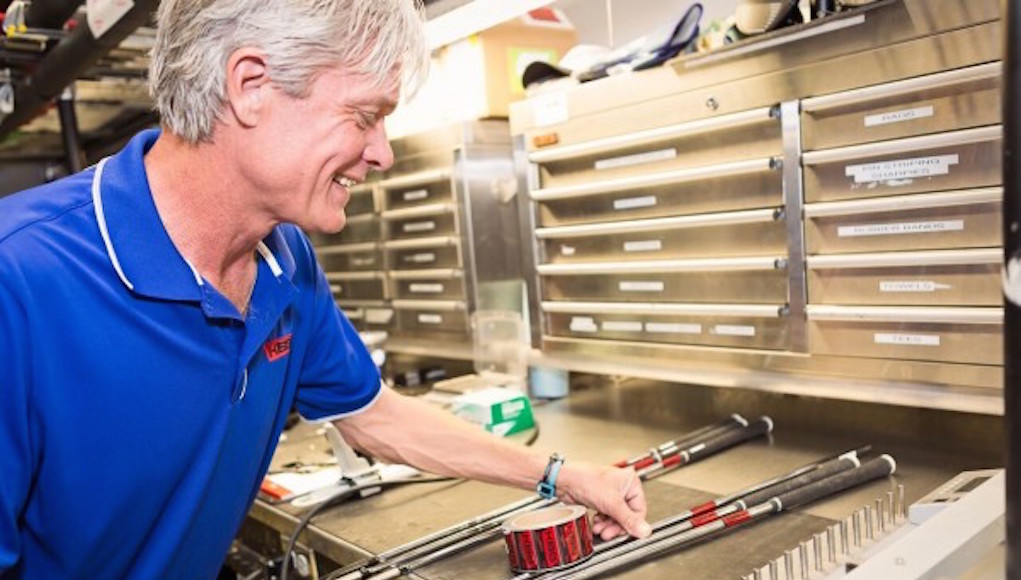
Forty years ago, Kim Braly and his father Dr. Braly went down to West Palm Beach to visit Wilson Golf, and that trip forever changed the way the golf industry thinks about the shafts in golf clubs.
“My father and I invented frequency matching,” Kim told me.
“And what’s that?” I asked.
“It’s the process of matching the stiffness of the shafts in your clubs to the heads so you can hit a golf ball rather than snap the shaft or hit the ball all over the place,” Kim said.
OK, that got my attention. So I ask how he stumbled upon the idea.
“My dad was an engineer and got into golf,” Kim said. “Eventually, I got interested in golf as well. In the early 1980s, we went to see the original ‘Iron Byron.’”
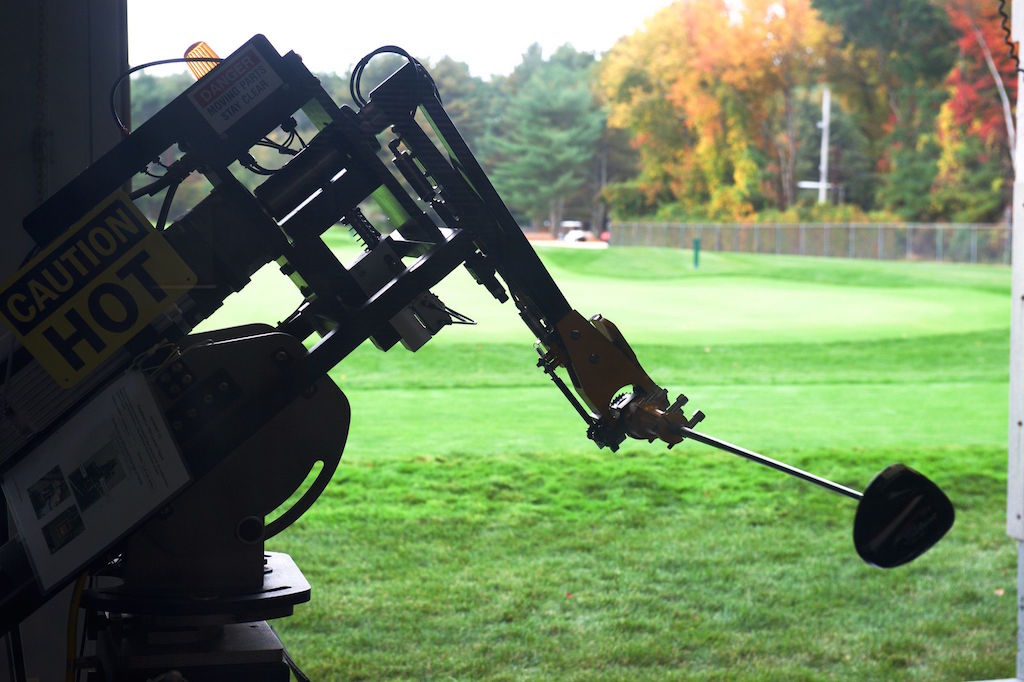
A modern-day golf robot at Titleist’s Manchester Lane Test Facility.
Iron Byron was the first club-testing machine, and it was modeled after smooth-swinging legend Byron Nelson. It’s basically an early robot — a motor in a box with an arm — built to use a regular golf club to hit a golf ball.
Kim and Dr. Braly watched the engineer operating Iron Byron put a club into the mechanical arm, place a ball in front of the club face and then press a button to swing the club. The result: perfection. It produced a high, piercing ball flight that was hit on a rope, not far removed from the storied ball flight of Nelson himself. This was followed by another and another. Kim and his father were ecstatic.
With great anticipation, they watched the engineer load the next club. The results were much different. Balls flew all over the place. The dispersion was awful. The Wilson engineer operating Iron Byron slowed down the machine. Balls flew shorter distances, but they landed closer together. The dispersion had been reduced. This was the inception of their game-changing idea; dispersion was a result of certain shaft characteristics matched with a club head and swing speeds. This “AH HA” moment changed how we fit and purchase golf clubs today.
Based on this observation, Kim and Dr. Braly designed a method to measure the performance of a golf shaft. Later, this led to the concept of frequency: very simply, stiffness is not the letter on the shaft, but a measurement based on characteristics like weight of shaft, weight of the head, length of the shaft and several other characteristics. The year was 1977 and they submitted a patent on this idea called “Frequency Matching.”
Armed with the power of measurement, Kim was ready to change golf shafts forever. He and his father started traveling the PGA Tour, and in doing so became the first “PGA Tour Van.” Over the last 40 years, Kim has worked as a researcher and designer, mastering the golf shaft. He’s worked at True Temper, Royal Precision and is currently as the head designer of research and development at KBS Golf Shafts.
In 2008, Kim launched a shaft company called KBS, which became the fastest growing shaft company in golf. Since that time, the company has gotten some of the best golfers in the world to use its shafts products, including Rickie Fowler, Justin Rose and Phil Mickelson.
The next time you’re struggling with shots that fly sideways, think about Kim and Dr. Braly. You might want to try try being fit for shafts if you haven’t already, because they may just be the most important part of your golf club.
- LIKE217
- LEGIT33
- WOW16
- LOL6
- IDHT1
- FLOP4
- OB0
- SHANK14
Whats in the Bag
Sam Burns WITB 2024 (April)
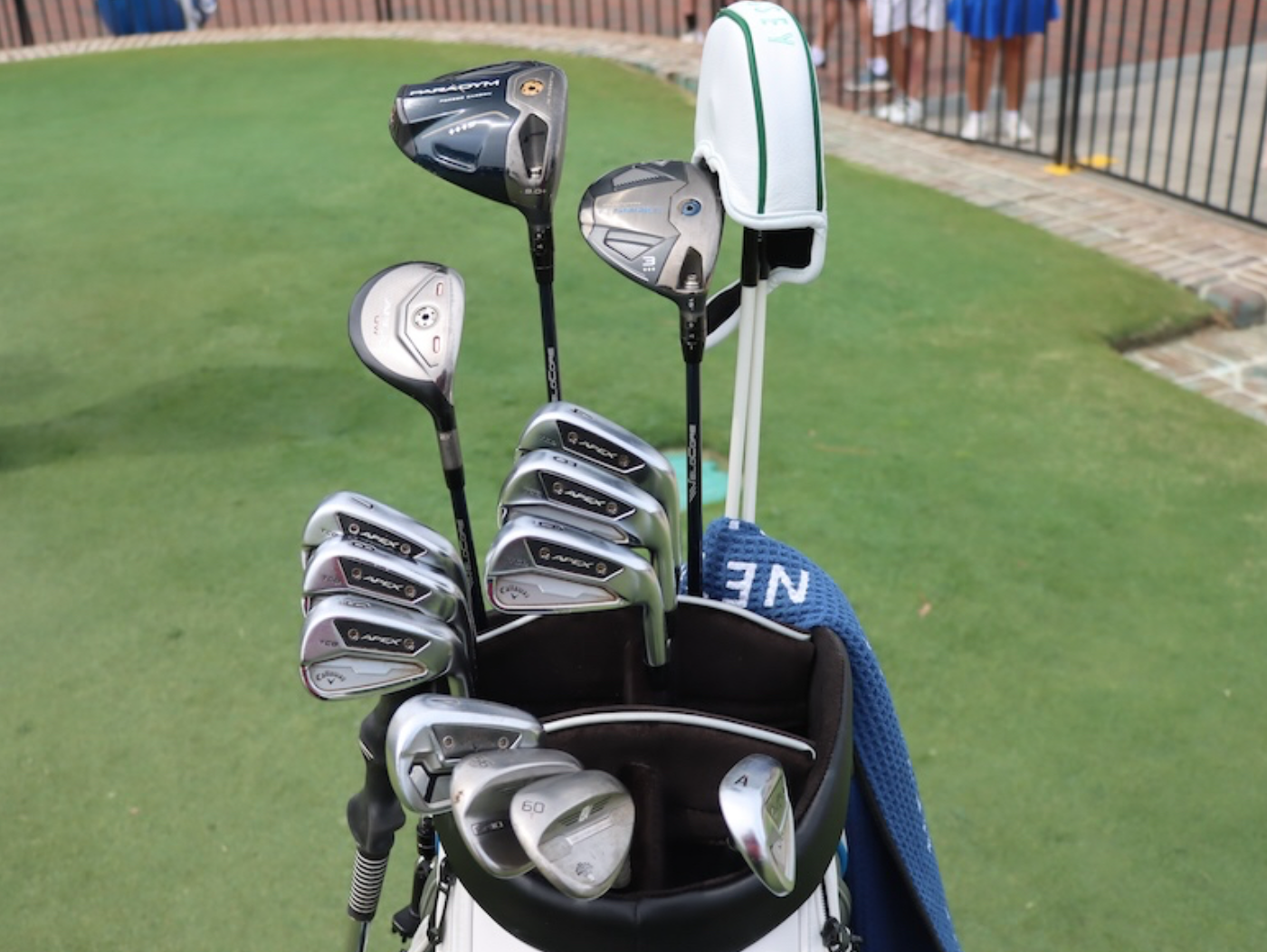
- Sam Burns’ what’s in the bag accurate as of the RBC Heritage.
Driver: Callaway Paradym Triple Diamond S (9 degrees @10)
Shaft: Fujikura Ventus Blue 7 TX
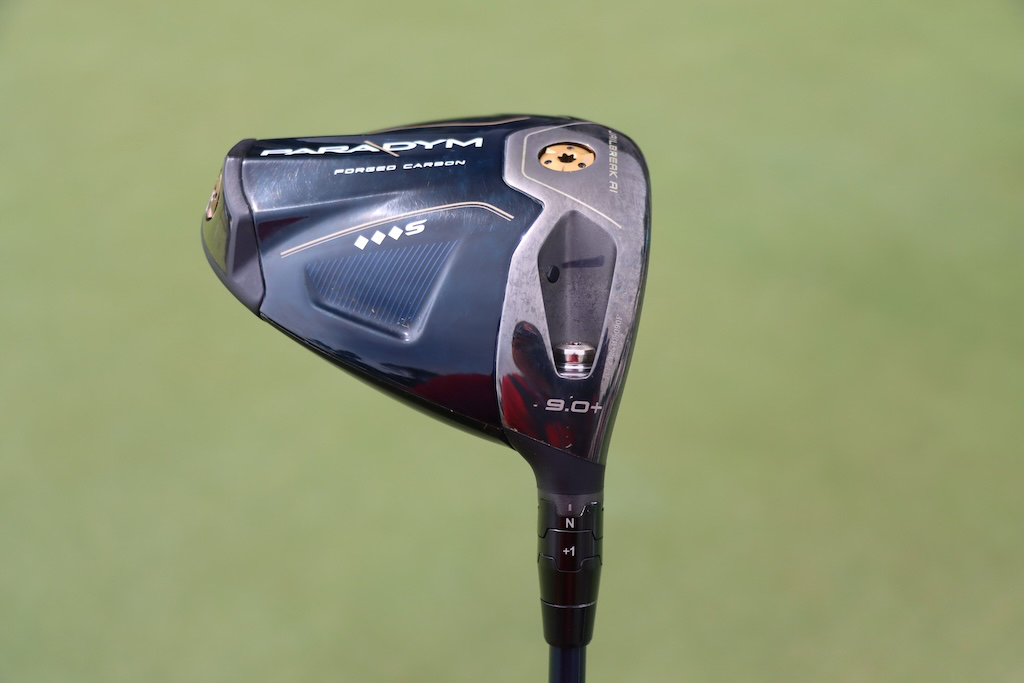

3-wood: Callaway Paradym Ai Smoke Triple Diamond T (15 degrees @16)
Shaft: Fujikura Ventus Blue 8 X
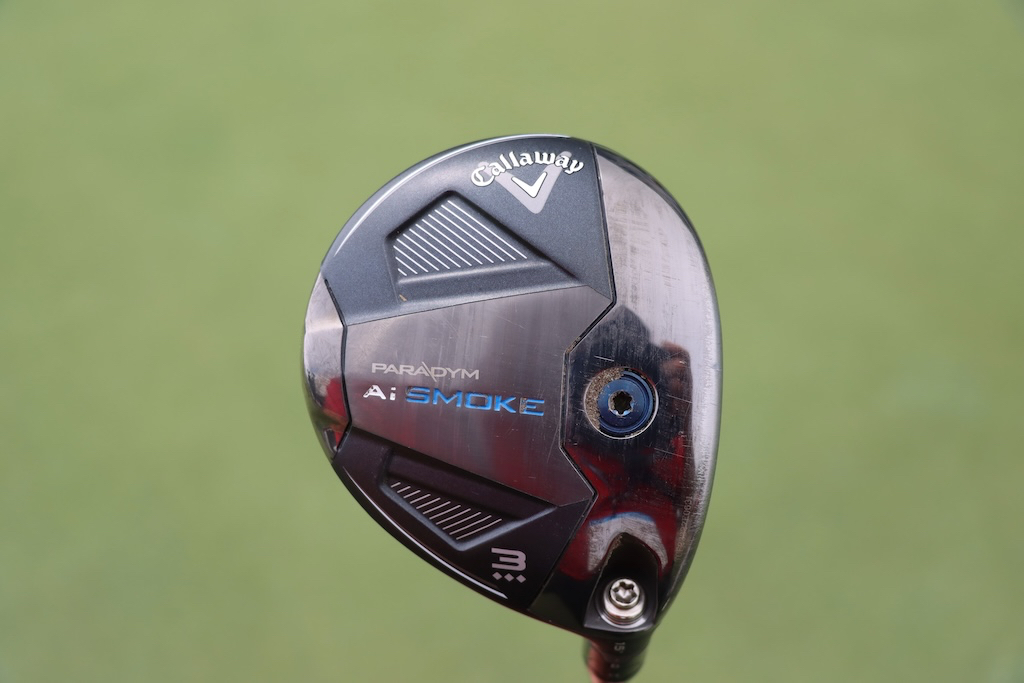
Hybrid: Callaway Apex UW (21 degrees)
Shaft: Fujikura Ventus Blue 8 X
Irons: Callaway Apex TCB ’24 (4-AW)
Shafts: Project X 6.5 (4-PW), True Temper Dynamic Gold X100 Tour Issue (AW)
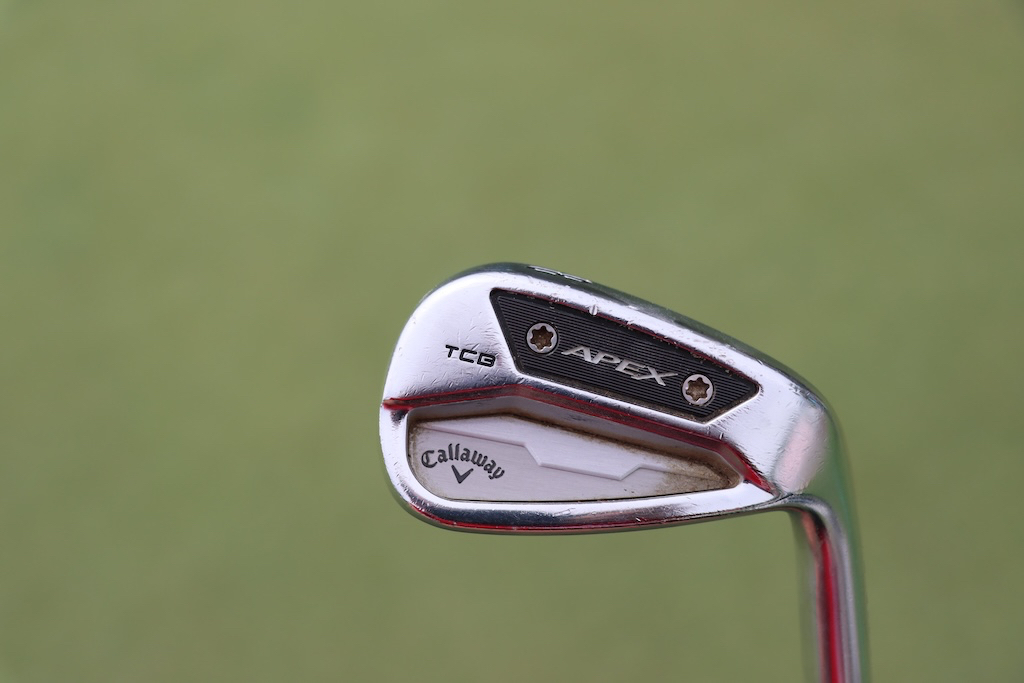
Wedges: Titleist Vokey Design SM10 (56-14F @55), WedgeWorks Proto (60-T)
Shafts: True Temper Dynamic Gold S400 Tour Issue (56, 60)
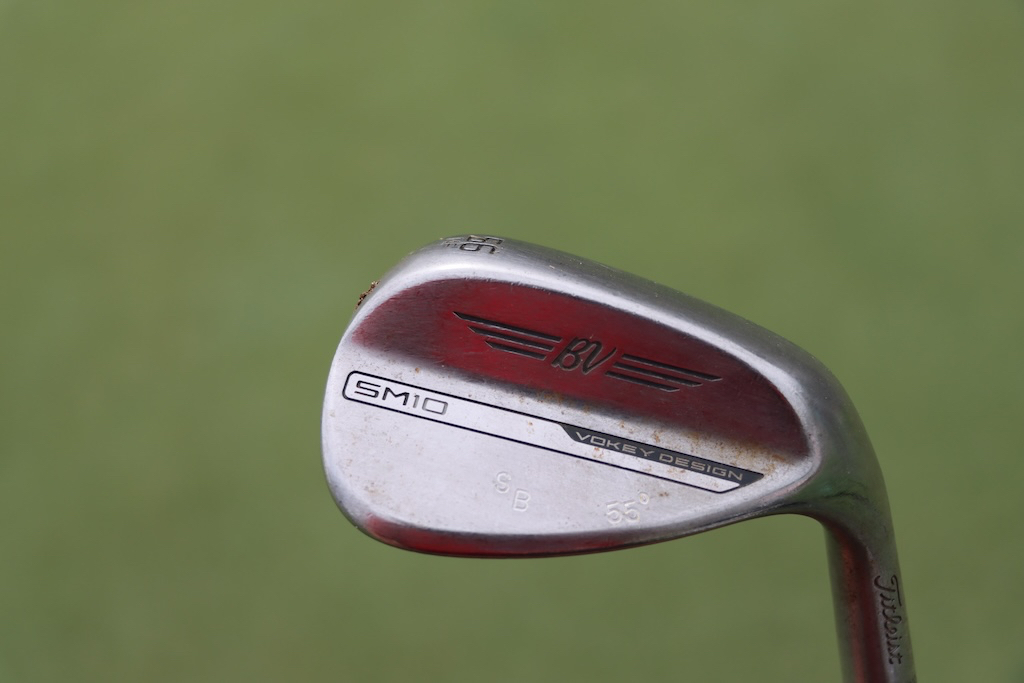
Putter: Odyssey Ai-One #7S
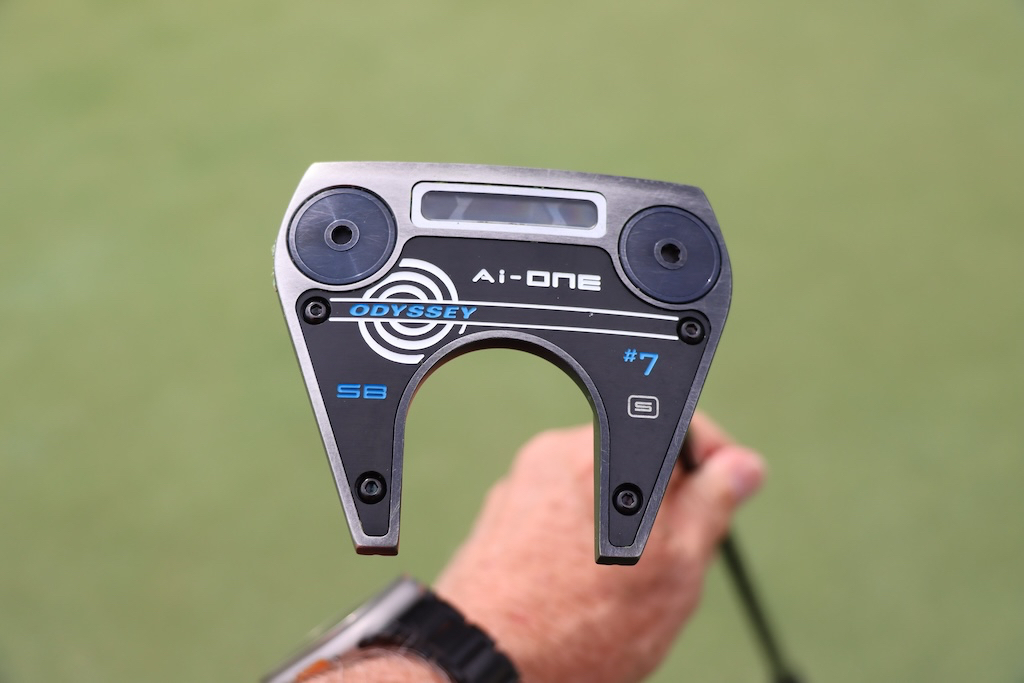
Grips: Golf Pride Tour Velvet Align
Ball: Callaway Chrome Tour X
Check out more in-hand photos of Sam Burns’ WITB in the forums.
- LIKE1
- LEGIT0
- WOW0
- LOL0
- IDHT0
- FLOP0
- OB0
- SHANK0
Whats in the Bag
Will Zalatoris WITB 2024 (April)
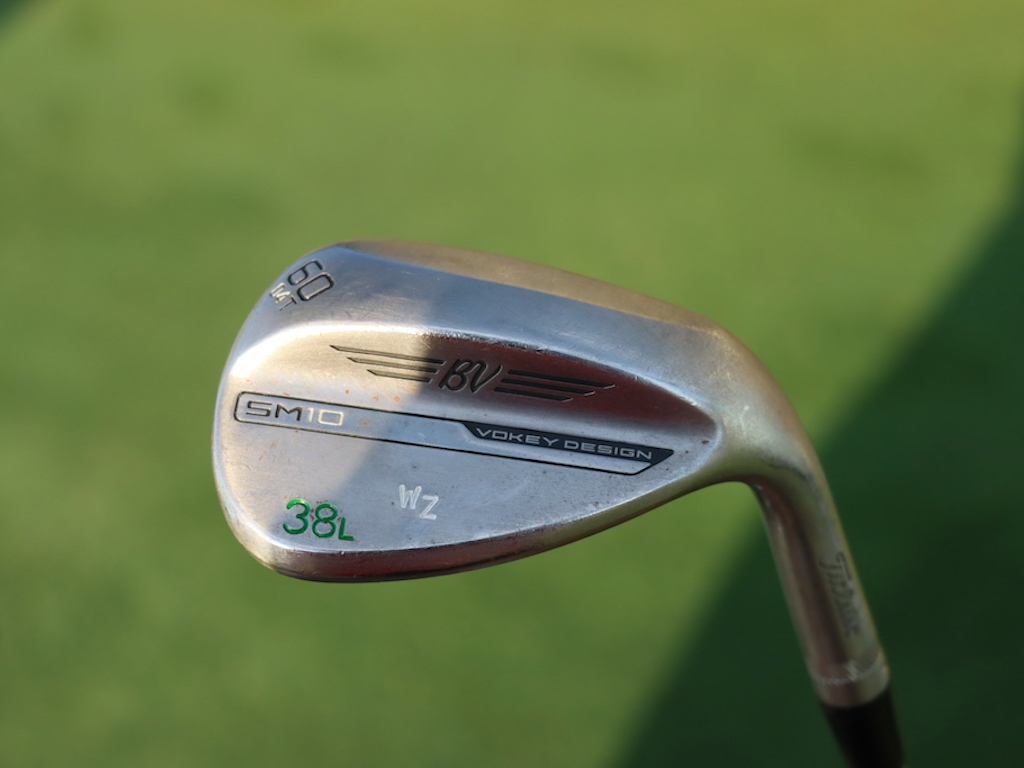
- Will Zalatoris’ what’s in the bag accurate as of the RBC Heritage.
Driver: Titleist TSR2 (9 degrees, A1 SureFit setting)
Shaft: Fujikura Ventus TR Black 7 X (44.5 inches)
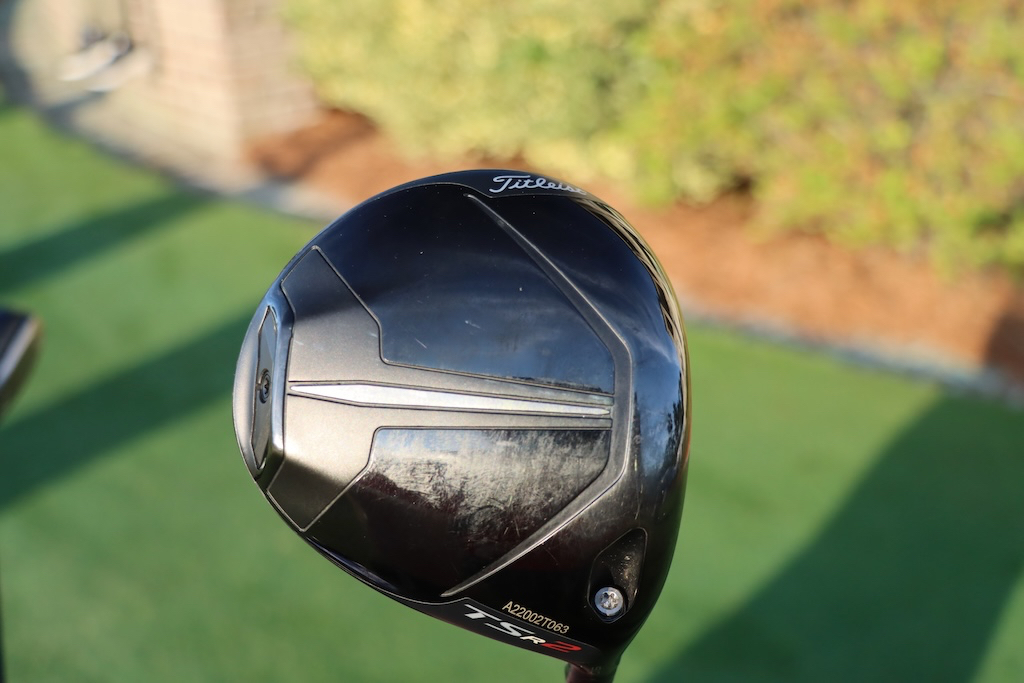

3-wood: Titleist TSi2 (15 degrees, A1 SureFit setting)
Shaft: Fujikura Ventus TR Blue 8 X
Irons: Titleist T350 (3), Titleist T150 (4-PW)
Shafts: Nippon N.S. Pro Prototype G.O.S.T. 10 ST X (3), True Temper Dynamic Gold Tour Issue X100 (4-PW)
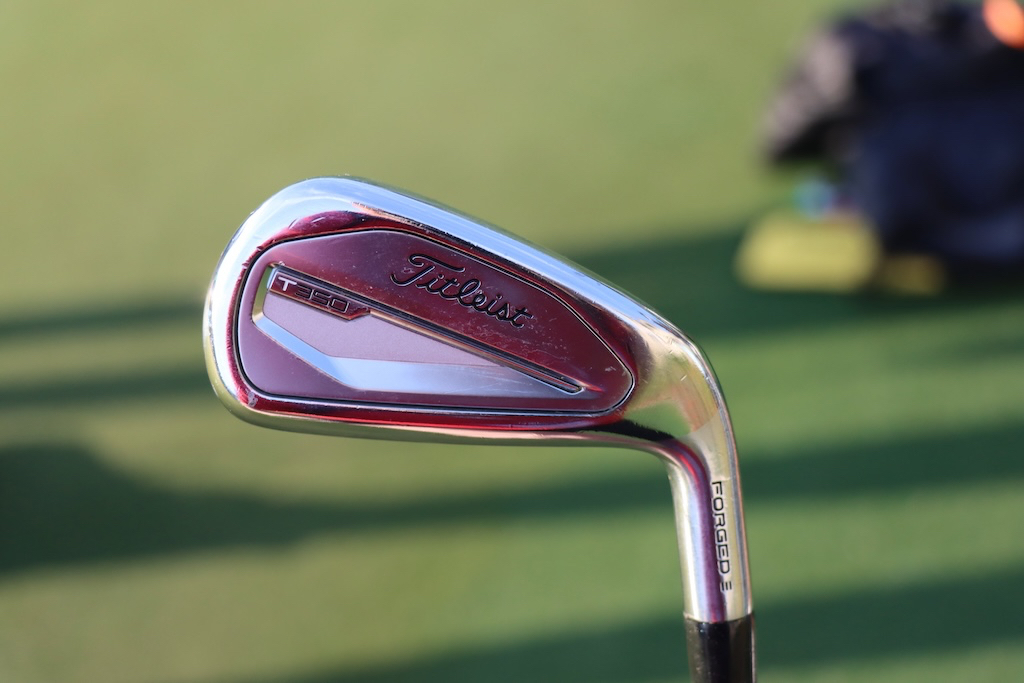
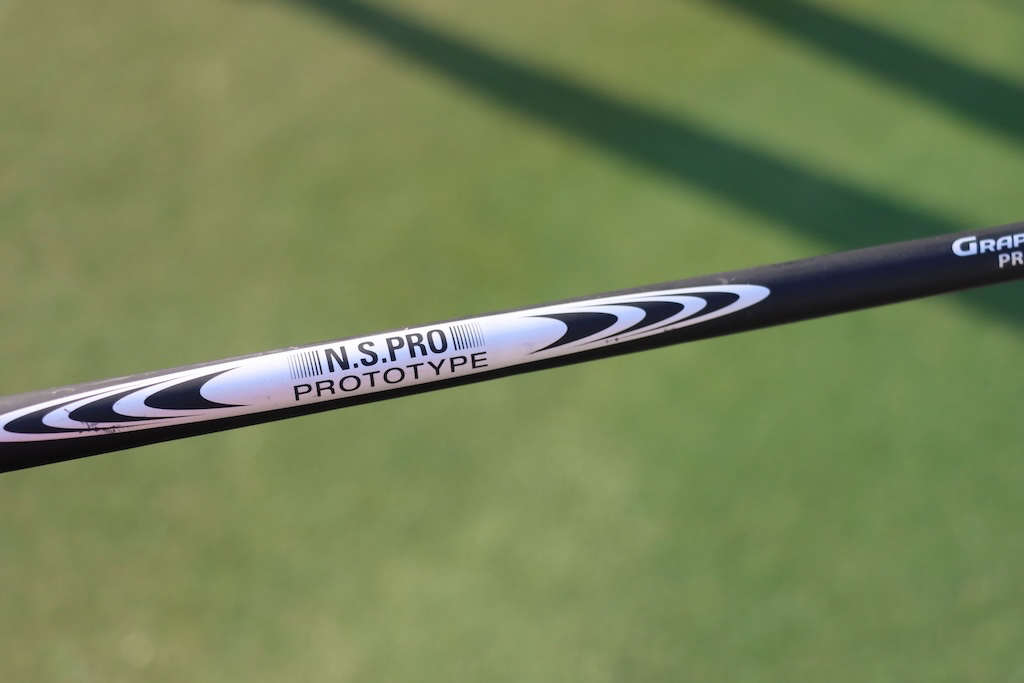
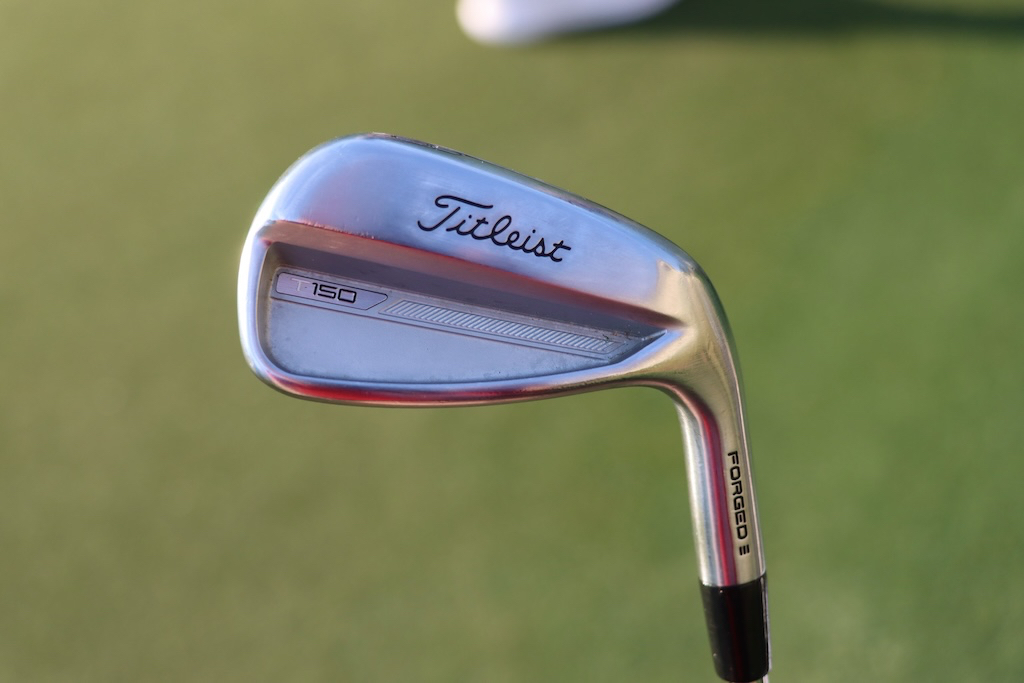
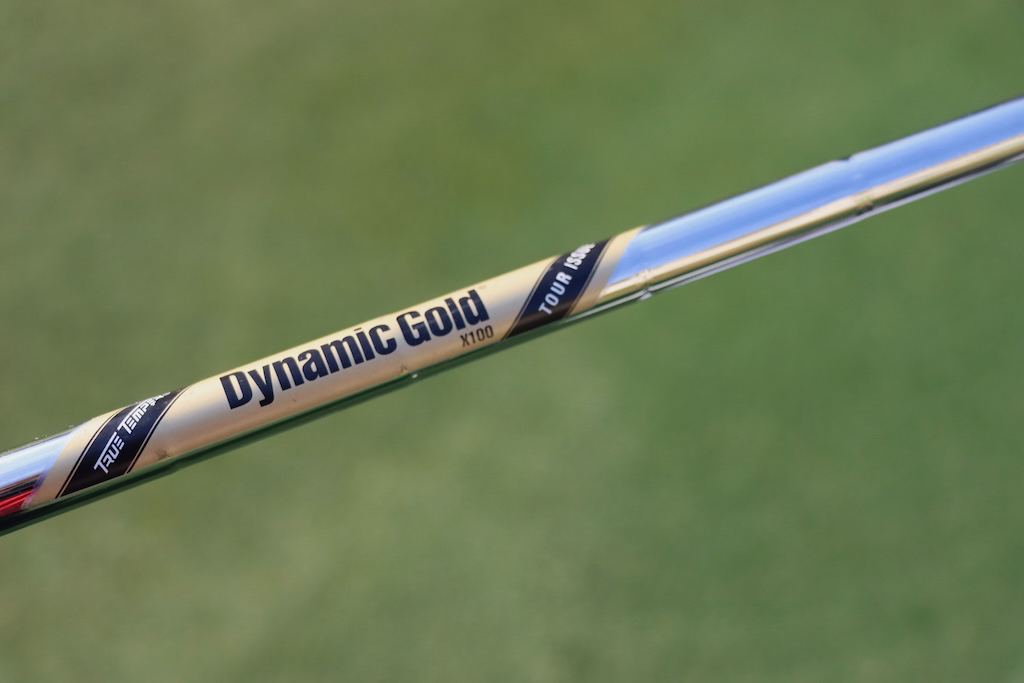
Wedges: Titleist Vokey Design SM10 (50-08F, 54-10S @55, 60-04T)
Shafts: True Temper Dynamic Gold Tour Issue X100

Putter: L.A.B. Golf Mezz.1 Max
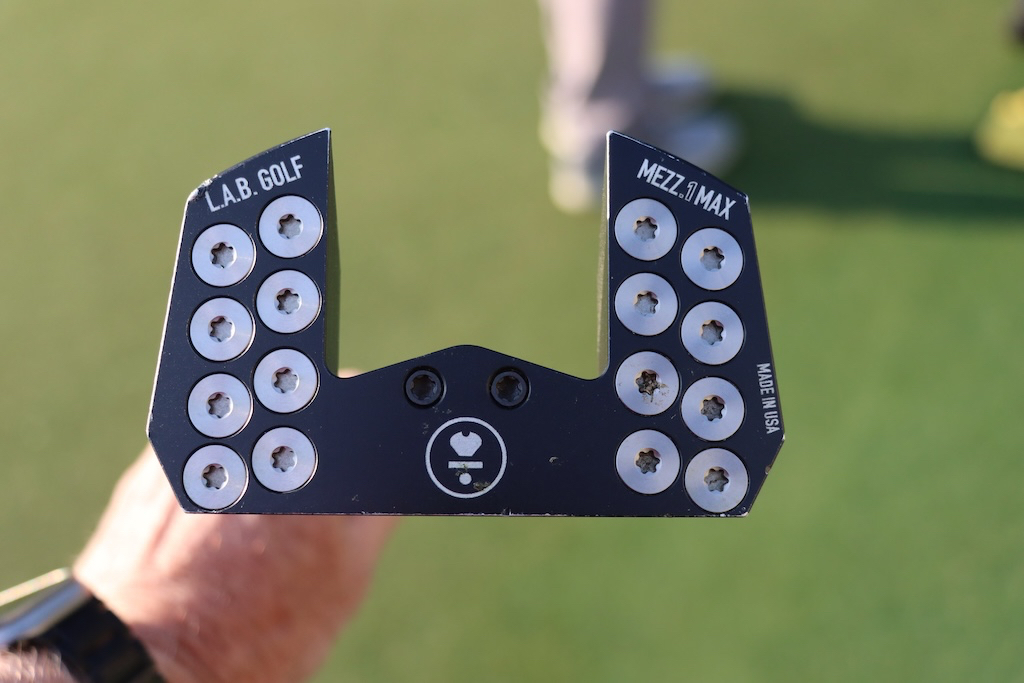
Grips: Golf Pride Z-Grip Cord
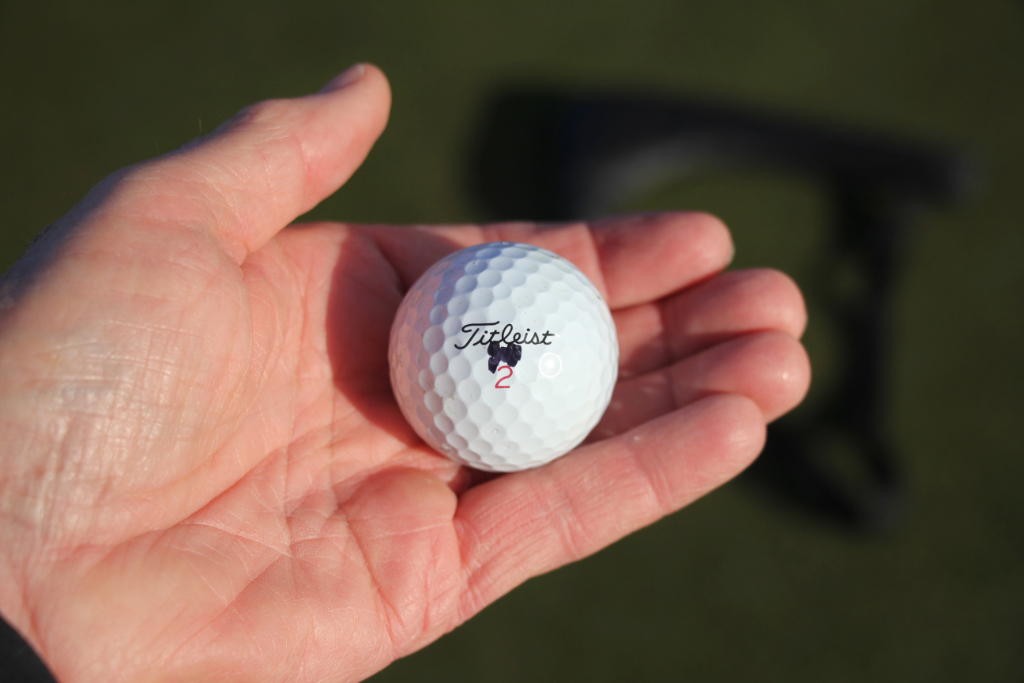
See more photos of Will Zalatoris’ WITB in the forums.
- LIKE3
- LEGIT1
- WOW1
- LOL0
- IDHT0
- FLOP0
- OB0
- SHANK0
Equipment
New Level launches new 480-DB irons, blending performance and forgiveness
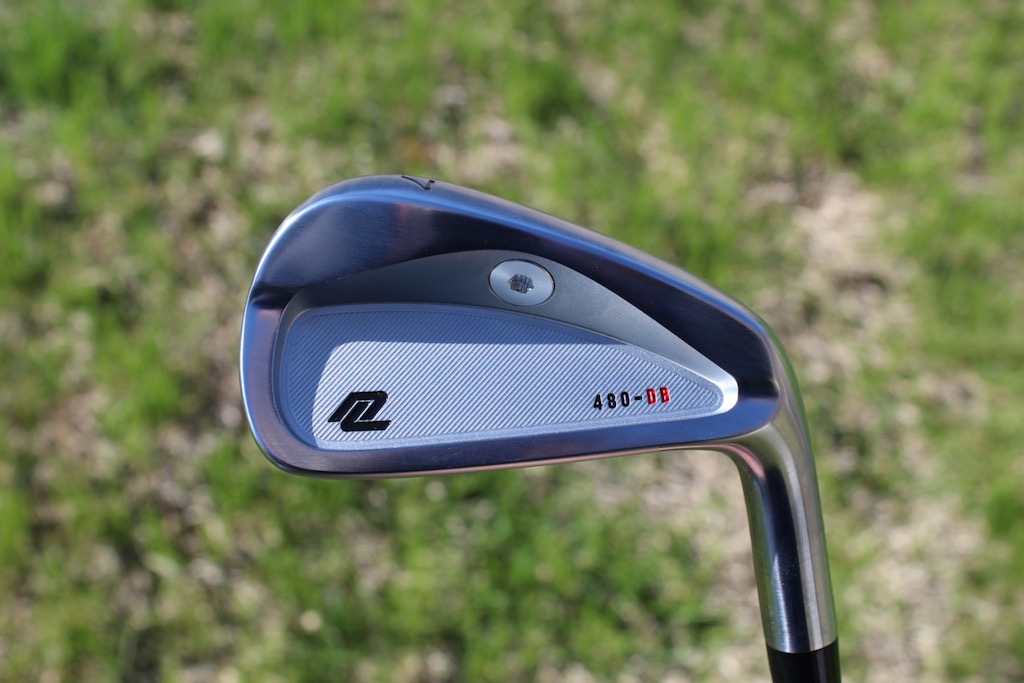
New Level has been making some really good golf equipment since the company started up in 2018. Offering irons that are more geared towards the better player, precision has been a fundamental philosophy for New Level in creating irons and wedges.
The 480 line of irons has been the flagship of the brand, and the newest member of that team is the 480-DB iron that is now open to pre-orders. A new cavity design is what the whole 480 line is about, and the 480-DB takes advantage of that with added ball speed and a larger sweet spot.
For players who require their irons to offer the best feel, rest assured the DB is a fully forged (from 1020 carbon steel) one-piece golf club. No multi-piece, hollow design with this iron.
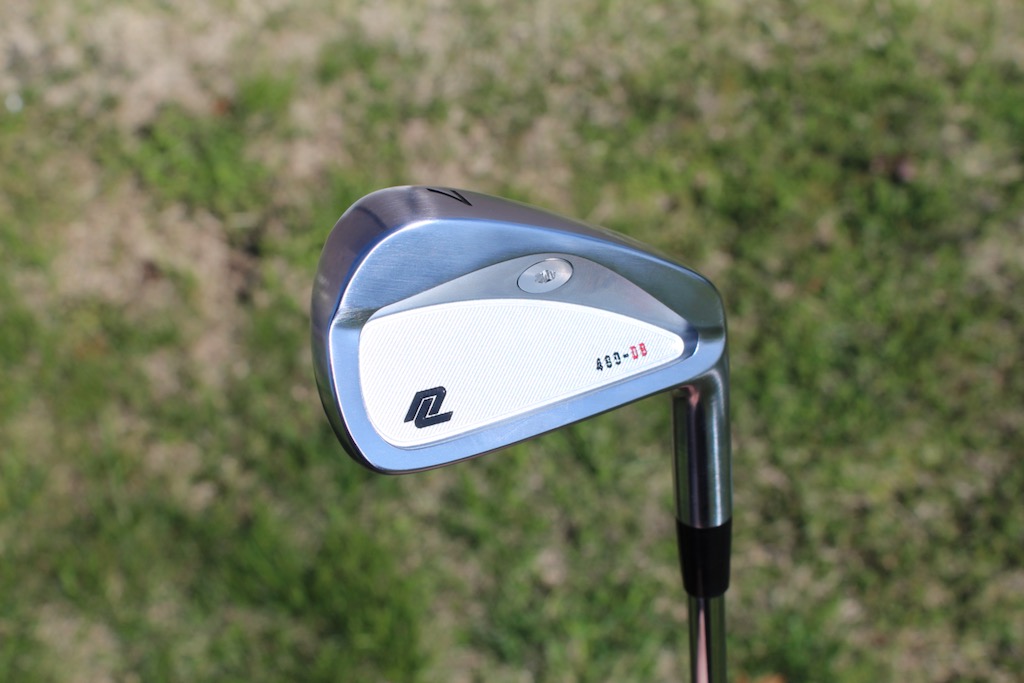
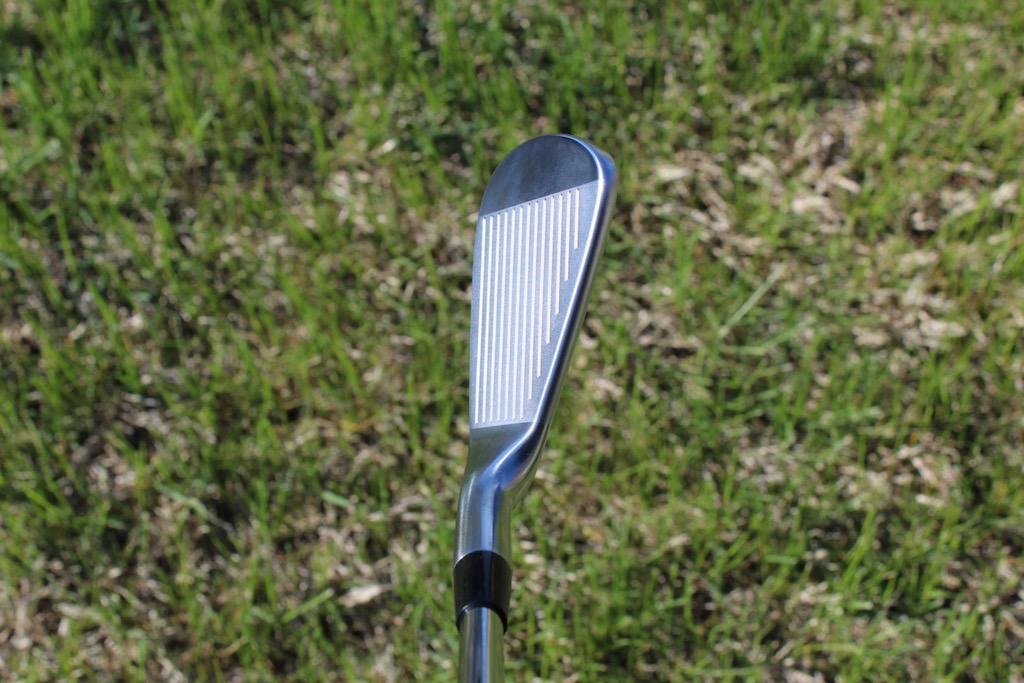
While the 480-DB is the next generation of the popular 902-OS, New Level didn’t follow the current trend in golf by chasing distance with the new iron. They actually weakened the lofts on the 480-DB with the spec sheet showing a 33-degree 7-iron and 45-degree pitching wedge. These lofts allow the DB to have less offset while still offering consistent distance off the face.
A traditional design was also at the forefront of the new irons to make sure that golfers with an eye for detail can look down at them with confidence that they will perform under any condition.
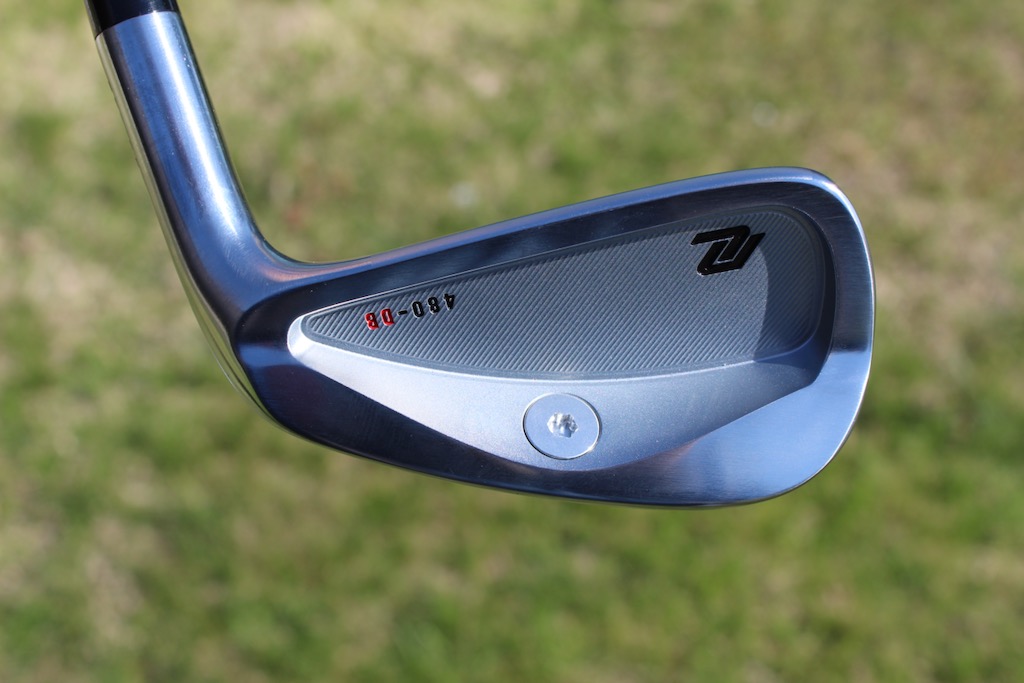
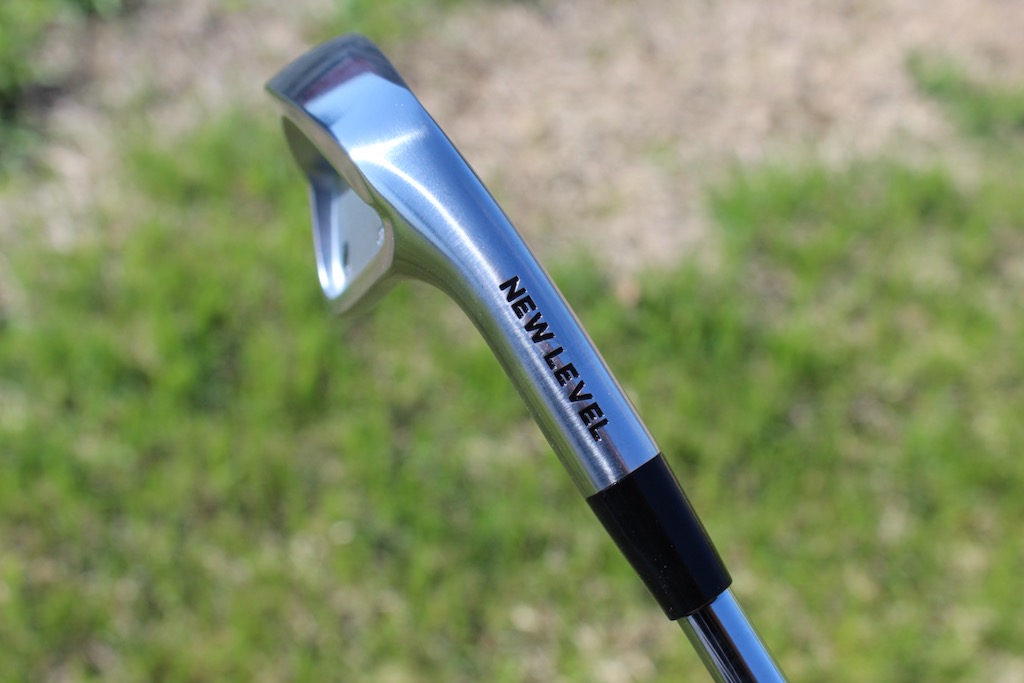
A weight low in the back cavity will allow their master club builders to dial in the perfect weight for the golfer, no matter the length or shaft being used. New Level believes that the new 480-DB is one of the most forgiving one-piece forged irons on the market today. A pre-worn leading edge on the sole should get through the turf quickly and with reduced digging for better turf interaction.
You can pre-order the New Level 480-DB right now on the New Level website.
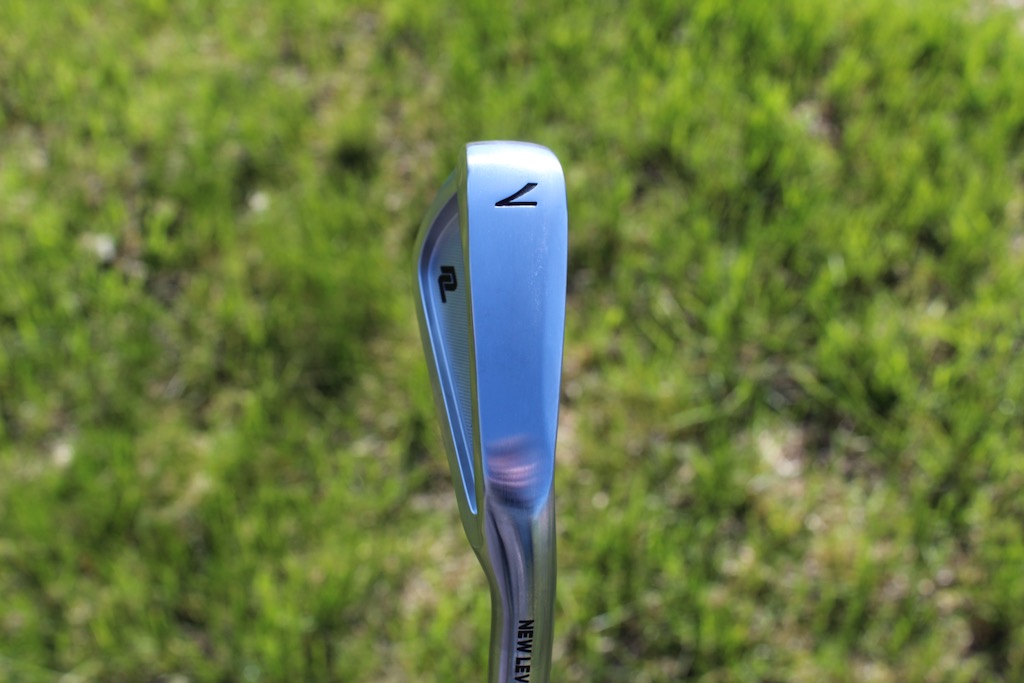
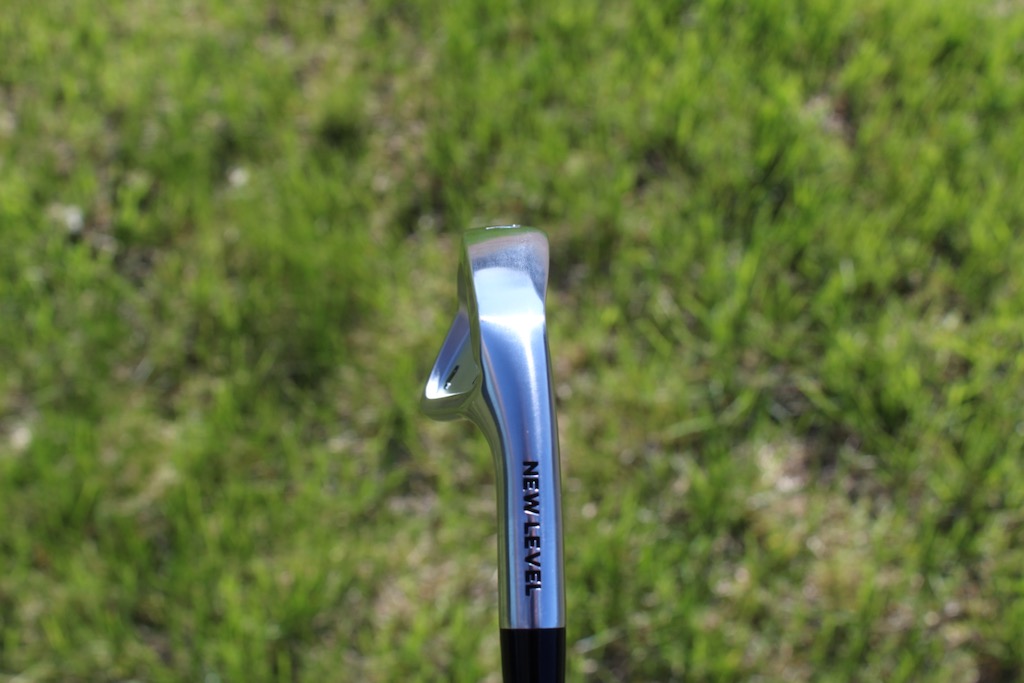

Pricing specs availability
- Irons: 4-PW
- Price: $149/oron
- Availability: Pre-order

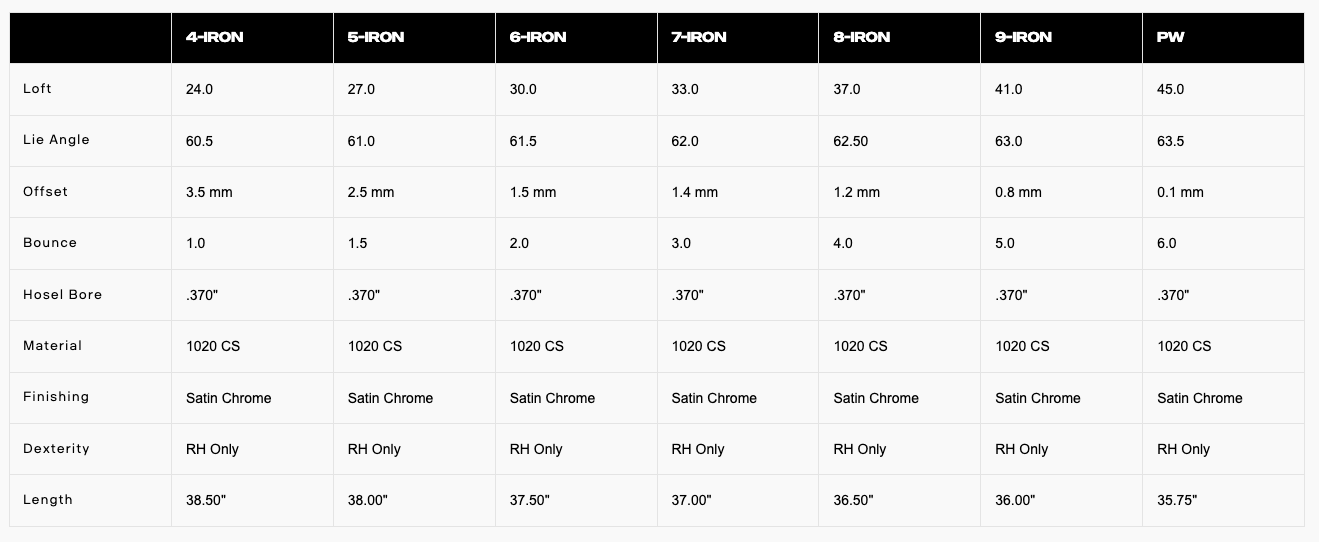
- LIKE20
- LEGIT3
- WOW2
- LOL0
- IDHT0
- FLOP0
- OB0
- SHANK0
-

 19th Hole2 weeks ago
19th Hole2 weeks agoDave Portnoy places monstrous outright bet for the 2024 Masters
-

 19th Hole2 weeks ago
19th Hole2 weeks agoTiger Woods arrives at 2024 Masters equipped with a putter that may surprise you
-

 19th Hole20 hours ago
19th Hole20 hours ago‘Absolutely crazy’ – Major champ lays into Patrick Cantlay over his decision on final hole of RBC Heritage
-

 19th Hole3 weeks ago
19th Hole3 weeks agoReport: Tiger Woods has ‘eliminated sex’ in preparation for the 2024 Masters
-

 19th Hole1 week ago
19th Hole1 week agoTwo star names reportedly blanked Jon Rahm all week at the Masters
-

 19th Hole1 week ago
19th Hole1 week agoReport: LIV Golf identifies latest star name they hope to sign to breakaway tour
-

 19th Hole1 week ago
19th Hole1 week agoNeal Shipley presser ends in awkward fashion after reporter claims Tiger handed him note on 8th fairway
-

 19th Hole6 days ago
19th Hole6 days agoBrandel Chamblee has ‘no doubt’ who started the McIlroy/LIV rumor and why

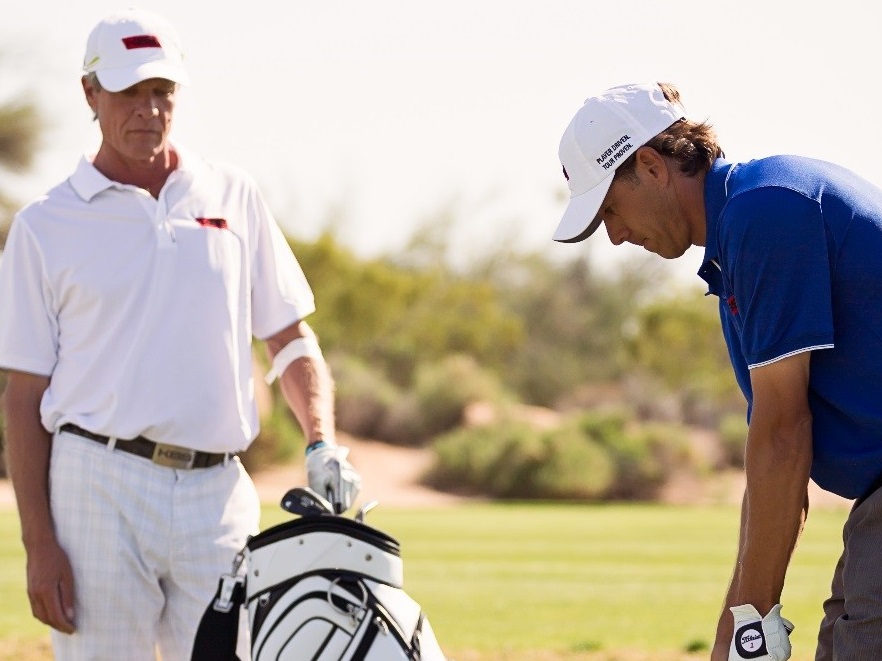








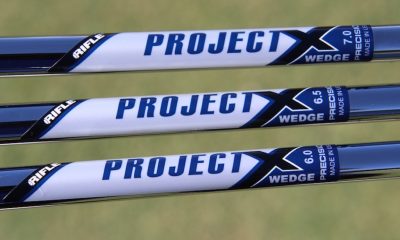

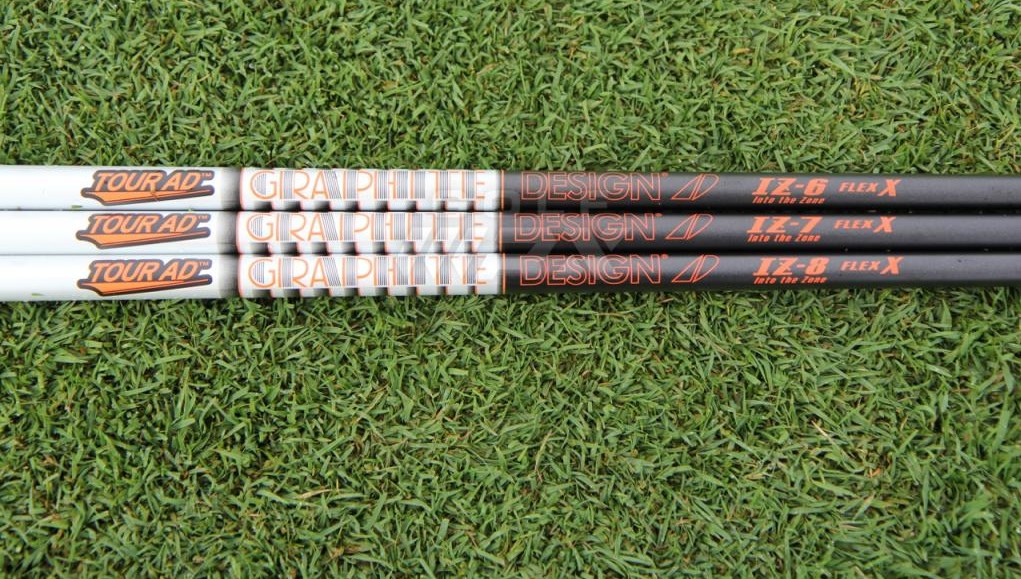
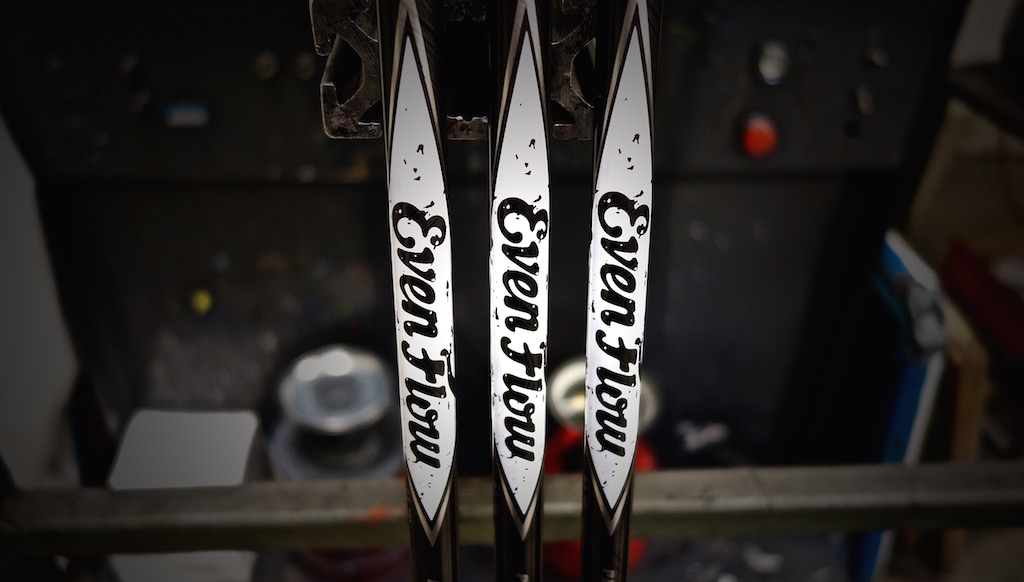












TeeBone
Jun 7, 2017 at 5:34 pm
Further, frequency matching a set doesn’t mean that the clubs all have the SAME shaft flexibility, only that the DIFFERENCE in flexibility is uniform from club to club. As the clubs get shorter, frequency and stiffness increase. Add to this the fact that as the clubs get shorter and heavier, they are swung at a slower speed. In the end, each shaft in a set flexes more and more overall as the clubs get longer. This silly “dispersion” theory suggests that a shaft must flex a specific amount to behave consistently.
TeeBone
Jun 7, 2017 at 2:39 pm
Tour players, unless they have a specific shaft manufacturer deal, are free to play whatever shaft they want. Their decision to play graphite over steel has to do with performance, not money.
TeeBone
Jun 7, 2017 at 2:27 pm
So Iron Byron, set at any particular swing speed, only reproduces the same ball flight with one specific shaft flex? This “dispersion” theory would mean that the same shaft can behave quite differently, from swing to swing, for an otherwise same swing input. Nonsense. There is no mention of this in any of the best-regarded scientific studies of shaft flexibility. This is a made-up marketing story designed to sell equipment.
Ned
Jun 6, 2017 at 8:06 am
Brunswick Golf developed the Frequency Matching System in 1981!
Rico
Jun 6, 2017 at 4:04 pm
The article states that the Braly’s submitted a patent for “Frequency Matching” in 1977.
J.
Jun 5, 2017 at 7:15 pm
And stiffness of an EI profile may be invisible to CPM matching? Does SST PURE shaft alignment work better?
Skip
Jun 7, 2017 at 1:18 pm
SST pure is pure Kool-Aid. Drink it if you so choose.
tim crider
Jun 5, 2017 at 4:05 pm
There is no doubt that shots can be saved every round by every player with changes from the shaft to the swing weight to the compression of your golf ball,,, hell practicing on the driving range could improve your game. There is a lot to know about this game and if you have the money and the time you may be able to cash in on these findings. Think how much better play got when shafts changed to steel from hickory. A lot to know and even more to learn. How much more can be found and improved, it was a very good article.
Charles Bartholomew
Jun 5, 2017 at 3:38 pm
Interesting article. A little history lesson now and then is a good thing.
cgasucks
Jun 5, 2017 at 8:20 am
If the Iron Byron can make crappy shots with a shaft that isn’t compatible with its swing speed, imagine it with a human being.
talljohn777
Jun 5, 2017 at 12:14 pm
Yes, if you have a club shaft that is too soft you can slow your swing down to allow the clubhead time to catch up and square, but why would you want to do that? The preference would be to hit a club that matches your top swing speed allowing you to get the most out of your swing.
artie j
Jun 5, 2017 at 6:59 am
I didn’t know the backstory. Very cool article Ryan
SH
Jun 4, 2017 at 10:25 am
Yup, awesome